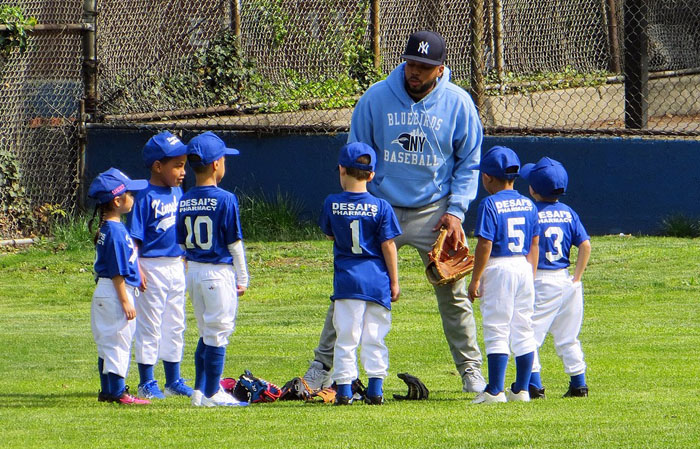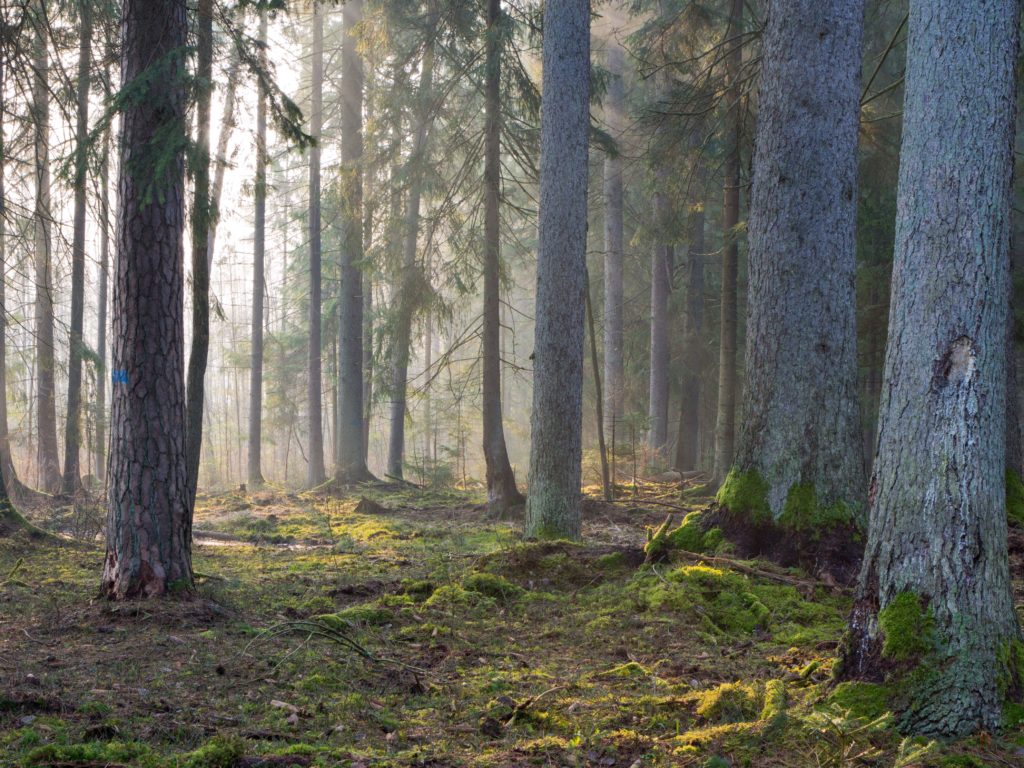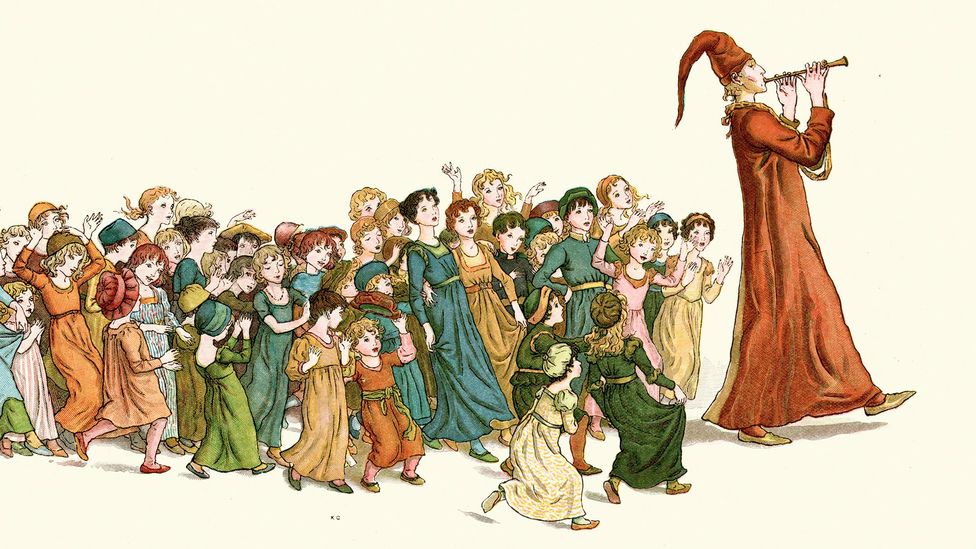
While the institutions that serve our most important commitments generally receive our support (or at least our tax dollars), we’re not sustaining the flesh and blood workers who toil within them, too often treating them like disposable assets that are easily replaced–when nothing could be farther from the truth.
- In our schools, it’s the teachers, administrators and PTA members who aim to assure parents and communities that their children are reaping the benefits of a good education.
- In our libraries, it’s the librarians who select and recommend the books that will be available for a community to read.
- In our houses of worship, it’s the men and women “of the cloth,” who stand between their congregations and an outside world that’s sorely in need of their faith, hope and love.
- In our police and military organizations, it’s the officers who try to bridge a community’s desire for safety with the common threats that it faces every day, whether near or far from home.
- In our political organizations, it’s the public servants who safeguard our votes and the overall integrity of our governance from the mobs that increasingly threaten them from all directions.
These men and women occupy pivot points between their institution’s lofty commitments and the public’s demand that its interests be served.
Sadly, too many of them are collapsing under the strain of conflicting desires within these same communities.
Where does the rising toxicity of this “push and pull” leave these essential workers? Far too often, it’s hurt, demoralized, disabled.
And where does it leave the rest of us when they can’t do their jobs anymore, when “other good men and women” see what happened to them and decline to take their places, when their jobs go unfilled or are taken on by those with far narrower views of the public interest?
Where do their voids leave the rest of us?

There are increasingly divided pews in America’s houses of worship.
I have a personal perspective on one of these pivotal jobs that recently got activated while reading an interview with a pastor who’d been forced to abandon his ministry—and his “calling” in life—because of divisions within his congregation that even his Job-like efforts had been unable to bridge.
Before I headed to law school, I studied the history of religion in America as well as ethics in the company of a much larger cohort of men and women who were pursuing careers in the ministry. “Master of Divinity” was the professional degree they were after as they studied the Old and New Testaments, the rituals of liturgy, the growing competition between psychologists and ministers, and how to give an engaging sermon on Sunday mornings.
It was a “slice of life” that came vividly back to me when I read Dan White’s heart-breaking interview in the New York Times this week.
Fresh in my mind as I read it was a post I’d written back in January called “Turning On The Rescuers.” You may recall its story about a school superintendent in Joplin Missouri who courageously stepped into the breach after deadly tornados destroyed half of his community’s schools. Although the multi-year rebuilding effort that followed exhausted him, his personal consequences worsened when some disgruntled residents drove him from public office with cruel allegations after their hopes around community rebuilding became mired in frustration. Their attacks made him contemplate suicide and, after a period of recovery, take a new job with an organization that counsels former public officials on how to redeploy their leadership skills after vocal minorities among their constituents undermined them. At the time, he called it “an exclusive club that nobody wants to belong to.”
(Sad to say, it’s a next generation American job if there ever was one: rehabilitating helpers that are abandoned by their communities when some of its attack dogs turn them into targets.)
These men and women occupy pivot points between their institution’s lofty commitments and the public’s demand that its interests be served.
Dan White, Jr. wanted nothing more than to bring a community of the faithful together. Originally from upstate New York, he became a Baptist minister in the early 2000’s. After a terrible flood devastated the towns around his church, he deepened his vocation by seizing an opportunity to grow his caring community when he jumped into the recovery effort.
We were going to take care of people who weren’t inside our Christian community… caring about people you wouldn’t actually be friends with [already] and helping them overcome that boundary. And so that was another big moment for me in rallying people to care [about one another].
At the same time, his outreach coincided with growing publicity about sex abuse involving the clergy, with many no longer seeing pastors as “shepherds” as much as “wolves.” After attending some social events and “taking the air out of the room” when he identified himself as a minister, White said he stopped sharing with strangers “that I was a pastor,” for the first time feeling “some shame about having that role.”
He began to re-focus almost exclusively on his congregation and, in particular, on their building of a “multipurpose space” (for youth groups, for refugees, to have a place to gather for coffee) and while the majority of his church supported it, a few were opposed. White thought that limited dissent was normal until some who were against the new space made it personal, threatening to “ruin him” if he went forward with it. These opponents sent a mass email to the entire congregation accusing him of being “a bad leader.” As he later described it:
a little faction of people in our church [contended] that this decision was really just my mastermind psychological skills to convince people to do something they didn’t really want to do with their money.
And I realized at that moment that being a pastor is this really precarious little spot you sit in that people project all of their wants, and needs, and demands, expectations, unrealized hopes onto you. And when you don’t meet them, they are posed with a response. Either they’re going to reject you, or ruin you, or abandon you.
And that’s ultimately what started to settle into my own ministry, was just this fear of being abandoned and losing people, and being interpreted in very villainous, demonizing ways and not knowing how to like — that’s the shame. Not knowing how to get that off me.
Around the 2012 election involving Barrack Obama and Mitt Romney, White began to feel even more demoralized about his commitment to bring people together in a caring community. “A dear friend whom I loved” in the congregation approached him and said that as a conservative, she didn’t feel safe in his church, felt “judged here,” and couldn’t remain “with this kind of judgment.” White apologized profusely, told her “you do belong here,” but couldn’t change her mind. Within days, another couple told him about their need to depart because there was “no space for us here” with their more liberal views. White described how he was “in shock” that people with contrary political perspectives “didn’t think they could belong in the same community. And I didn’t really have words to keep them.” When they left his church, it felt like they were abandoning him too.
Matters hardly improved as the next election approached. White characterized it this way:
the election of Trump just threw battery acid on the whole reality. Where people would never have felt comfortable calling another brother or sister in Christ, you know, a horrible name like a Marxist or a white supremacist or a baby killer, I mean, these things just started to — they were just flowing off people’s tongues when Trump got elected.
And then in 2020 came the pandemic, with new opportunities for divisiveness and demonization, like when a church stops meeting in person to reduce Covid’s transmission or decides to reopen, but with a mask policy.
For White, It had finally become too much.

He appreciated the extent of his downward spiral when he took a vacation with his wife. White was shocked by his need to sleep for long periods. When he was awake, his hands were often shaking so much he suspected Parkinson’s. But neurological testing after he returned to work revealed something else entirely: signs of post-traumatic stress. Except instead of PTSD, which is often connected to the experience of a single violent act, his injury was from the accumulation of trauma he’d experienced over almost 20 years of ministry.
How he’d gotten to this traumatized place became clear after a therapist encouraged him to do “an emotional and relational audit.” With her encouragement, White mapped out:
people that I had loved that were no longer in my life. I had to name people that had attacked me. And then I also had to name events that I was privy to in people’s lives that were traumatic for them, and I had to be present to them.
And I mapped out, over a period of 20 years, over 180 people that had come into my life or left in my life. And I had just tucked all of this stuff under the carpet. And what she called it — she’s like these are all little deaths. These are all little deaths that you’ve experienced. And you haven’t grieved [over] any of them.
Instead, he carried the grief and loss inside, and slowly but surely they were breaking him down.
Even with this insight, White was “really having a hard time believing that something I loved” had damaged him this much. He also knew that he’d probably have to stop being a pastor to escape the trauma, but “I just didn’t want to give up on people, and I love them, and I didn’t want to be a quitter.”
When you are “called” to a career by your convictions but become unable to do it because of factors beyond your control, you can suffer “moral injury,” or the same kinds of trauma that many health care professionals experienced during Covid when they could no longer be caregivers in the ways that they needed to be within an overwhelmed health care system. (I wrote about this previously in “The Moral Injury to Caregivers When They Can No Longer Provide Care.”)
White went on to leave his church, to tears from some in his congregation but also to accusations of abandonment from others in their hour of need, so even as he walked out the door he continued to be torn apart. Without a job, he had the space to realize that he couldn’t be alone among faith leaders in suffering this kind of damage, while also realizing that his colleagues had never talked to him about the destructive forces that were buffeting them. He also searched for, but couldn’t find, a version of the Betty Ford Rehabilitation Center that poorly paid pastors could afford. Mulling over its necessity led White and his wife to open a healing refuge for burned-out pastors, which they run to this day.
Much like that former school superintendent in Joplin Missouri, White is working to heal moral injuries suffered in a different (but related) corner of the job market. He and his fellow pastors share the experience of being vilified for their efforts to bring people together during divisive times. But the injuries they share go deeper than name-calling and hurt feelings. When members of their congregations could no longer remain, they abandon their pastors as well–a string of “tiny deaths” that need to be mourned before healing can begin.
We know that injuries like this are occurring in other “pivotal jobs” too—to our teachers, librarians, school board and PTA members, to our election officials and vote counters, to members of our police forces and to key military personnel—all of whom need to be ready to deliver on our most important commitments while being assailed or abandoned at every turn by those they are struggling to serve.
These beleaguered men and women are a dwindling civic resource, and nearly impossible to replace when they leave public service.
The dog days of August are as good a time as any to think about where we’re headed when it comes to some of the most essential jobs in our communities and what we can (and must) do to shore up the brave individuals who are still bold enough to do them.
This post was adapted from my August 7, 2022 newsletter. Newsletters are delivered to subscribers’ in-boxes every Sunday morning, and sometimes (because of reader reactions) I post the content from one of them here. You can subscribe by leaving your email address in the column to the right.














